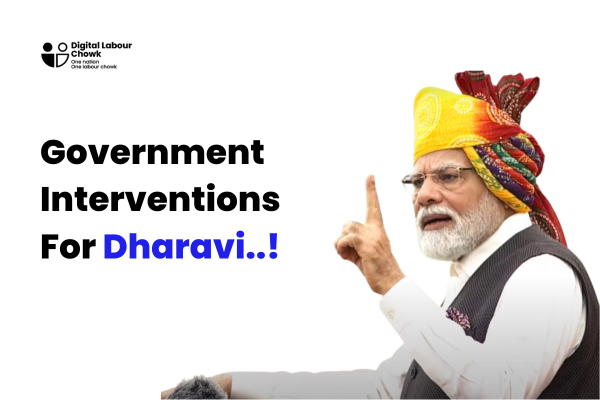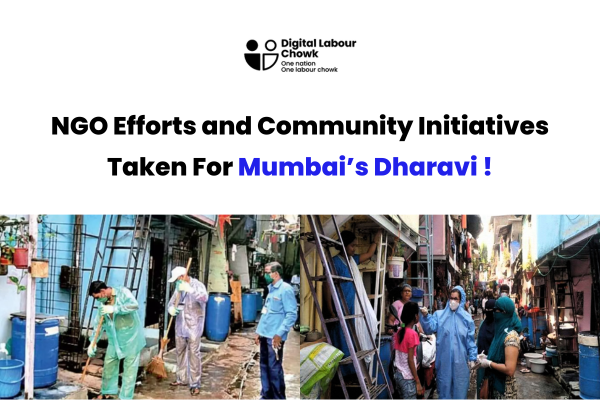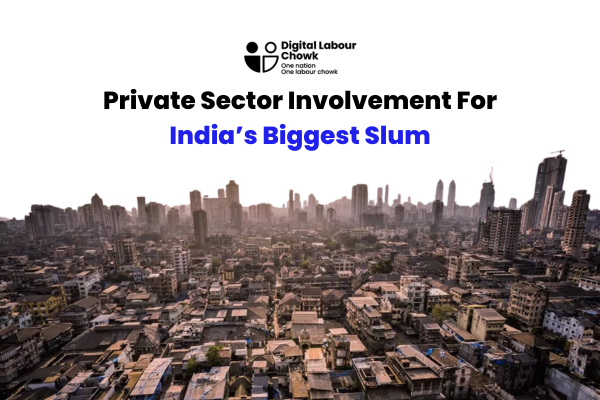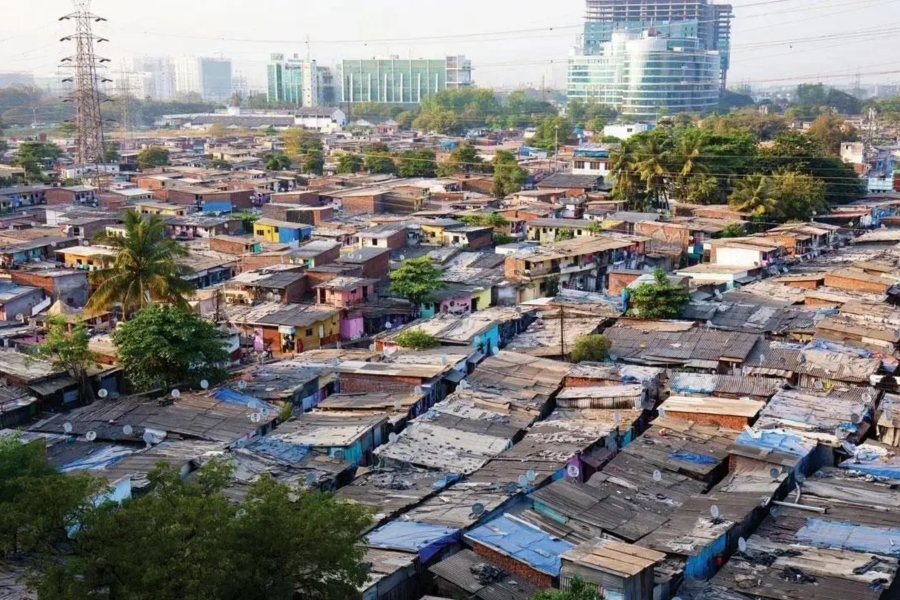Physical Address
Introduction of Dharavi Slum

Dharavi Slum is Asia’s largest slum, India, is a vibrant microcosm of resilience and diversity. Home to over a million people, it’s a paradox of poverty and industry, where narrow alleys host bustling markets, small-scale industries, and tight-knit communities. Despite its challenges, Dharavi thrives with a spirit of entrepreneurship, as artisans craft leather goods, pottery, and textiles, contributing to Mumbai’s economy. Amidst the overcrowding and basic infrastructure, residents display remarkable ingenuity and solidarity. Efforts to improve living conditions are ongoing, highlighting the complex interplay between urban development, social justice, and economic empowerment in this dynamic enclave.
Historical Context of Dharavi Slum
Dharavi Slum history traces back to the late 19th century when it emerged as a settlement for migrants, particularly those involved in the burgeoning textile industry of Bombay (now Mumbai). Initially, it was marshy land reclaimed by the British colonial government for industrial purposes, attracting communities like the Koli fishermen and the leather tanners.
During the early 20th century, Dharavi evolved into a densely populated area as migrants from rural areas flocked to Bombay in search of employment opportunities. Post-independence, rapid urbanization and industrialization further swelled its population, as it became a hub for informal sector activities ranging from recycling and pottery to leather goods production.
The lack of affordable housing in Mumbai led to Dharavi’s expansion, with residents constructing makeshift shelters and unauthorized structures. Over time, it became Asia’s largest slum, symbolizing both the resilience of marginalized communities and the failure of urban planning policies to address their needs adequately.
Despite its challenges, Dharavi has been a vital economic contributor, with its industries generating significant revenue. However, its informal nature often leaves residents vulnerable to exploitation and neglect. Efforts to redevelop Dharavi have been met with controversy, reflecting the complex socio-economic and political dynamics underlying its history and continued existence.
Issues in Dharavi Slum
Overcrowding and Lack of Infrastructure
Dharavi’s confined space accommodates over a million residents, resulting in cramped living conditions and strained amenities. The sheer density leads to challenges in mobility, access to basic services, and creates a breeding ground for health hazards.
Sanitation and Hygiene Concerns
Dharavi grapples with inadequate sanitation facilities and limited access to healthcare, exacerbating public health risks. Lack of clean water, proper waste disposal systems, and healthcare infrastructure contribute to the prevalence of diseases and health disparities among residents.
Economic Disparity and Informal Economy
Dharavi’s economy revolves around a labyrinth of small-scale industries, including leather tanning, pottery, and recycling. While these enterprises foster entrepreneurship and innovation, they also perpetuate a cycle of poverty, with workers toiling in hazardous conditions for meager wages. Moreover, the lack of formal recognition hampers access to credit, hindering business growth and diversification.
Substandard Housing
Many dwellings in Dharavi are makeshift structures, lacking proper ventilation, structural integrity, and safety measures. Residents endure overcrowded living spaces with insufficient amenities, posing risks of accidents and health hazards.
Lack of Formal Infrastructure
Dharavi Slum suffers from a dearth of formal infrastructure, including roads, sewage systems, and water supply networks, hindering socio-economic development and residents’ quality of life.
Environmental Pollution
Industrial activities in Dharavi contribute to environmental pollution, with inadequate waste management systems leading to air and water contamination, posing health risks to residents and harming the local ecosystem.
Social Inequality
Socio-economic disparities persist in Dharavi, with unequal access to education, employment opportunities, and basic services exacerbating social tensions and perpetuating cycles of poverty.
Vulnerability to Disasters
Dharavi’s densely populated settlements and lack of robust infrastructure make it highly susceptible to natural disasters such as floods and fires, endangering lives and exacerbating the challenges faced by residents.
Legal Ambiguity
The presence of unauthorized structures in Dharavi complicates redevelopment efforts and creates uncertainty regarding land ownership and tenure rights, impeding progress towards improving living conditions and socio-economic stability.
Initiatives for Revitalization of Dharavi Slum
Government Interventions

The government has undertaken various initiatives to address the challenges facing Dharavi, including slum redevelopment schemes and infrastructure upgrades. Projects such as the Dharavi Redevelopment Plan aim to rehabilitate slum dwellers in multi-story buildings while creating commercial spaces for sustainable development.
NGO Efforts and Community Initiatives for Dharavi Slum

Non-governmental organizations play a pivotal role in empowering Dharavi’s residents through education, healthcare, and vocational training programs. Community-based initiatives focus on capacity building and skill development, fostering a sense of ownership and agency among marginalized communities.
Private Sector Involvement

Corporate entities have also stepped up their efforts to drive positive change in Dharavi, partnering with local stakeholders to implement social impact projects. From affordable housing initiatives to artisanal cooperatives, private sector investments contribute to the revitalization of urban spaces while promoting inclusive growth and sustainable development.
Case Studies of Successful Projects
Redevelopment Projects
Projects such as the Mahindra Lifespace Developers’ Avirahi Heights exemplify the potential for slum rehabilitation and urban renewal in Dharavi. By providing modern amenities and community facilities, these developments offer residents a pathway out of poverty while revitalizing the neighborhood.
Social Enterprises and Cooperatives
Initiatives like Dharavi Diary and Reality Gives empower local artisans and entrepreneurs by providing them with training, market linkages, and access to capital. By nurturing a culture of entrepreneurship and innovation, these social enterprises contribute to the socio-economic transformation of Dharavi.
Art and Cultural Initiatives
Art installations, street murals, and cultural events have emerged as catalysts for change in Dharavi, transforming neglected spaces into vibrant hubs of creativity and expression. Projects like the Dharavi Art Room and the Dharavi Biennale showcase the rich cultural heritage of the slum while fostering a sense of pride and belonging among its residents.
Impact of Revitalization Efforts for Dharavi Slum
The revitalization efforts in Dharavi have yielded tangible improvements, enhancing living conditions and socio-economic prospects for its residents. Redevelopment projects have replaced substandard housing with modern, multi-story buildings equipped with essential amenities, providing residents with safer and more comfortable living spaces. Infrastructure upgrades have improved access to basic services like water, sanitation, and electricity, while community development programs have empowered residents through education, healthcare, and skill development. These efforts have not only transformed the physical landscape of Dharavi but have also fostered economic growth, social cohesion, and a sense of hope for a better future among its inhabitants.
Future Prospects and Challenges of Dharavi Slum
Sustainable Development Goals
Dharavi’s future hinges on aligning development efforts with the Sustainable Development Goals (SDGs), focusing on eradicating poverty, ensuring inclusive growth, and promoting sustainable urbanization. However, achieving these goals requires addressing challenges such as environmental sustainability, social equity, and economic empowerment within the context of Dharavi’s unique socio-economic landscape.
Balancing Modernization with Heritage Preservation
Preserving Dharavi’s rich cultural heritage while pursuing modernization poses a delicate balancing act. Efforts must ensure that redevelopment initiatives respect and incorporate the area’s cultural identity, historical significance, and traditional practices, fostering a harmonious coexistence between modern amenities and heritage preservation.
Community Involvement and Empowerment
Empowering Dharavi’s residents through community involvement is essential for sustainable development. Engaging residents in decision-making processes, providing opportunities for skill development, and fostering entrepreneurship can enhance ownership of development initiatives, ensuring they meet the needs and aspirations of the community while promoting inclusivity and social cohesion.
Unique FAQs
How has gentrification impacted Dharavi’s revitalization efforts?
Gentrification poses both opportunities and challenges for Dharavi, with new investments driving economic growth while displacing existing residents. It is essential to strike a balance between development and social equity to ensure that revitalization benefits all stakeholders.
What role do traditional industries play in Dharavi’s economy?
Traditional industries such as leather tanning, pottery, and recycling form the backbone of Dharavi’s economy, providing livelihood opportunities for thousands of residents. However, modernization and mechanization threaten the viability of these industries, necessitating interventions to promote sustainability and innovation.
How can technology be leveraged to enhance Dharavi’s revitalization efforts?
Technology holds immense potential to address the socio-economic challenges facing Dharavi, from digital inclusion and e-governance to smart infrastructure and sustainable energy solutions. By harnessing the power of innovation and connectivity, we can create a more resilient and inclusive urban future for Dharavi and beyond.
What are the key factors driving the success of revitalization projects in Dharavi?
Collaboration, community engagement, and adaptive governance are among the key factors driving the success of revitalization projects in Dharavi. By fostering partnerships between government, civil society, and the private sector, we can leverage collective expertise and resources to achieve meaningful impact and lasting change.
How can individuals contribute to Dharavi’s revitalization efforts?
Individuals can contribute to Dharavi’s revitalization efforts through volunteering, supporting local businesses, advocating for inclusive policies, and raising awareness about the challenges facing the community. By taking action at the grassroots level, we can all play a role in shaping a brighter future for Dharavi and its residents.
Conclusion
The revitalization of urban spaces, exemplified by the transformation of Mumbai’s Dharavi slum, represents a paradigm shift in urban development strategies. By leveraging the collective efforts of governments, NGOs, the private sector, and local communities, Dharavi has emerged as a model for inclusive growth, social innovation, and sustainable urbanization. As we look towards the future, it is imperative that we build upon these successes, learning from the challenges and embracing the opportunities to create cities that are truly livable, resilient, and equitable for all.

